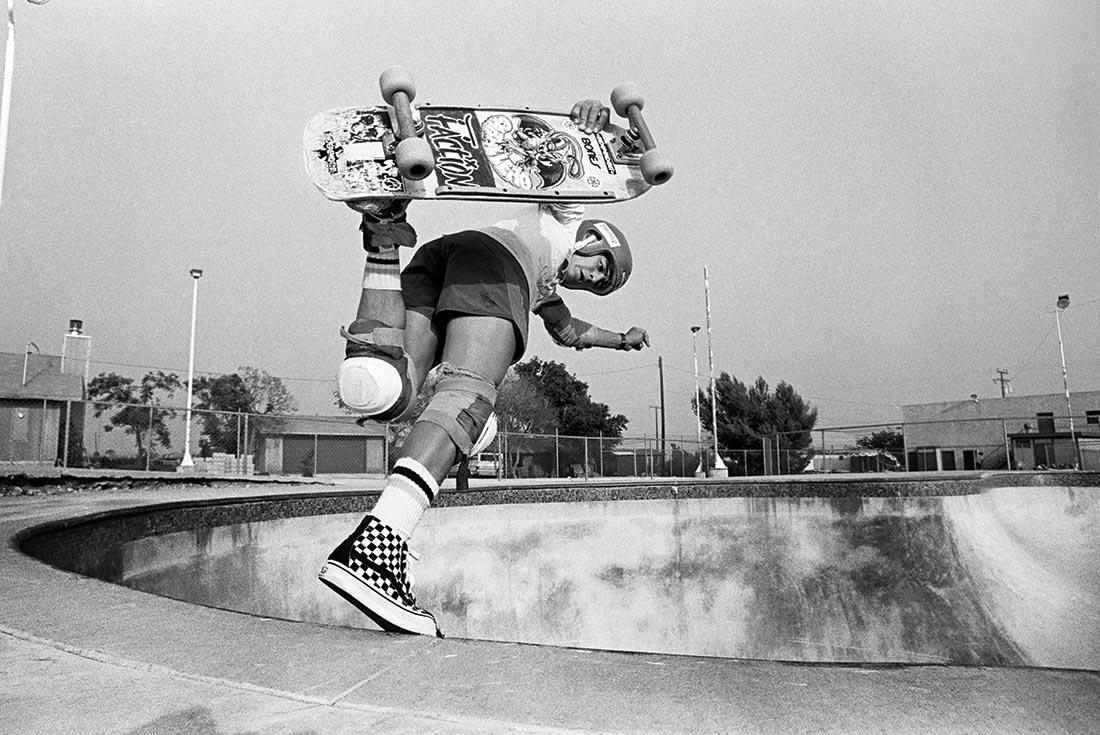The History of Vans: Steve Van Doren Interview
I’ve found there are two common ways people remember Southern California. One is tales of traffic snarls, tourist traps, fast food and Disneyland. The other is Hollywood, Rodeo Drive and cosmetic enhancements. For me, it’s always been the simple, everyday icons the locals have grown up with and take for granted: endless sunshine, double doubles (animal style) and Wahoo’s Fish Tacos.
These were the happy thoughts I had in my head as I strolled down Flinders Street in Melbourne on the way to learn more about another SoCal legend – the sneaker company known as . I was about to interview Steve Van Doren, whose father co-founded the company in 1966. Having spent most of his life immersed in the business, this was a history lesson straight from the horse’s mouth
